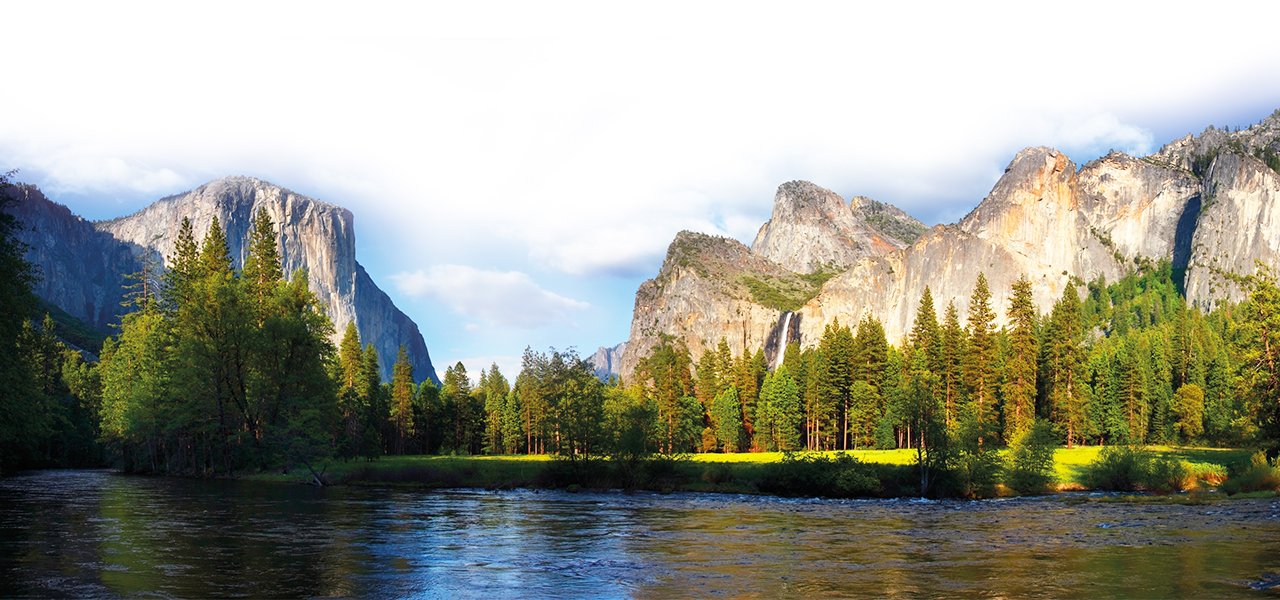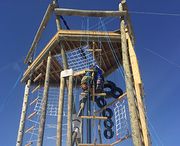CLIMBING STYLES
Top Rope Climbing
This describes a climbing style where the rope is anchored on top and the climber does not need to clip in any protection on his way up the wall. This style is often used by beginners and in climbing gyms with fixed ropes. Besides dynamic ropes, climbing gyms sometimes also use semi-static ropes or automatic belays devices for top roping. Top rope climbing is also very common for projecting on a sketchy route prone to falls or for climbing in an area that you can only access from above. In Ice climbing top roping is a log safer than anchoring into ice as well.
Lead Climbing
The more advanced version of climbing, mostly used outdoor in sport/trad climbing, ice climbing or on Big Walls, is lead climbing. For this technique the climber has to take the rope with him and clip it with express slings into wall-mounted (bolts) or removable protection (cams, nuts, hexes) on his way up. For both climbing techniques, a person on the ground or in advanced climbing on a belay station within the wall takes care about safety belaying with a belaying device.
Rappelling
The third technique used in climbing a lot is Rappelling with an abseiling device.This technique is mostly practised in Canyoneering and Caving activities where semi-static ropes are used to climb and rappel in the canyons. In addition climbers need to rappel often when projecting or setting routes. Another field of usage is climbing photography where photographers abseil down from the top to find the right perspective for their best shot.




 Trad/Sport climbing
Trad/Sport climbing
 Top Rope
Top Rope
 Gym climbing
Gym climbing
 Ice climbing
Ice climbing
 Alpine/Mountaineering
Alpine/Mountaineering
 Challenge Course
Challenge Course
 Big Wall
Big Wall
 Caving/Canyoneering
Caving/Canyoneering
 Military/First responders
Military/First responders
 Climbing Photography
Climbing Photography
 Bouldering
Bouldering

